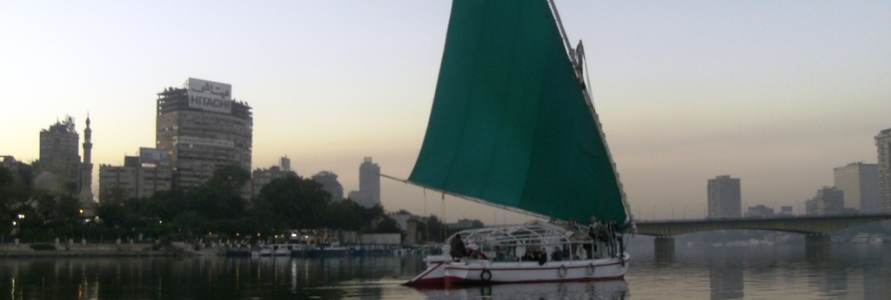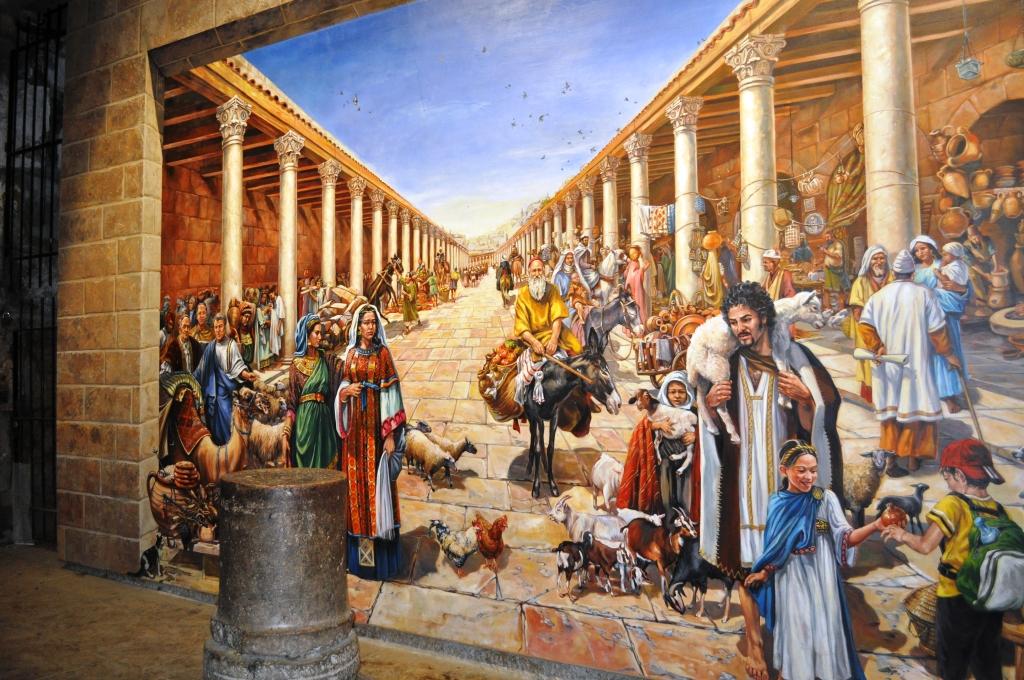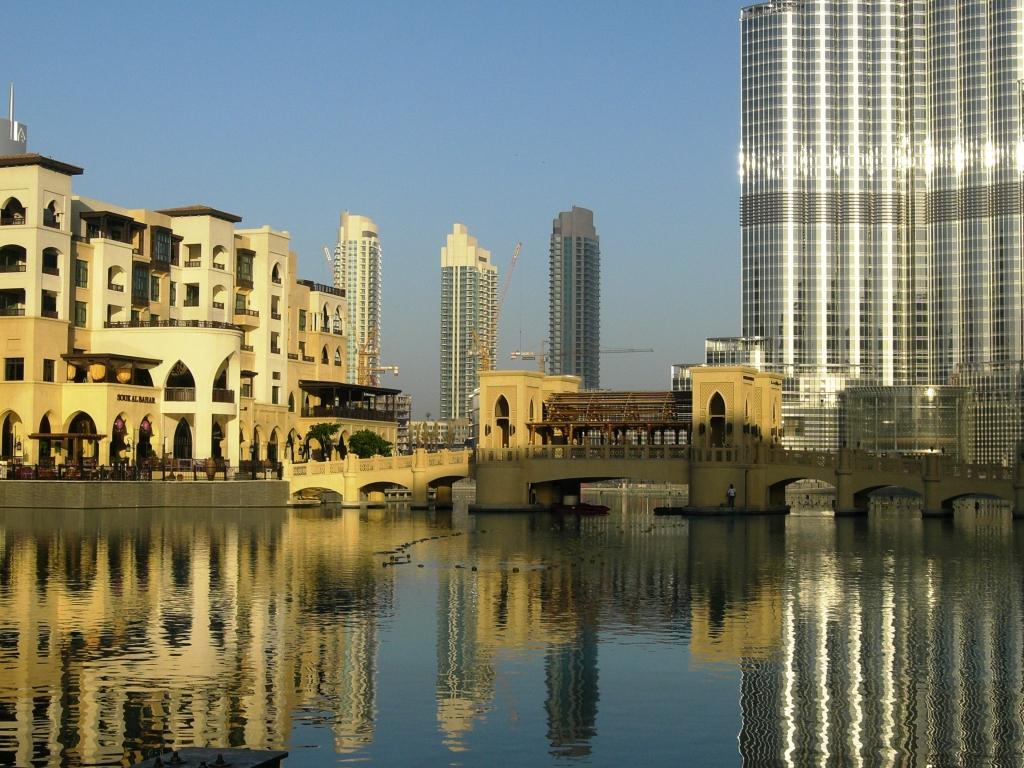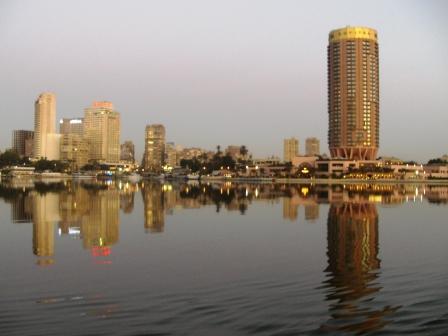
What is startling is the silence in the middle of a city that normally assaults the senses. In mid-day Cairo, cars honk through the main roads, businessmen stride to work, vendors vend, ladies covered in the mystery of head-to-toe robes shuffle past like shadows. But just now, as black gives way to gray, there is silence. And then — reveille! — comes a blaring cacophony as a hundred different mosques, each using a different recording and starting at a slightly different time, send their calls to prayer into the morning air.
In Your Bucket Because…
- The River Nile was Egypt’s ancient highway, and feluccas were the way to travel on it.
- The waterline perspective offers a comprehensive view of Cairo.
- Good for: Lovers of history and photo buffs.
The Felucca: Transport for Pharaohs, Emperors, and Tourists
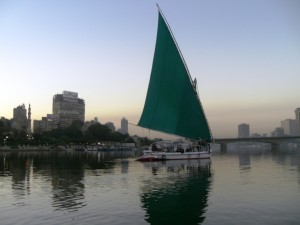
So I stand in the dawn on the banks of the Nile, waiting to experience one of Egypt’s ancient traditions: sailing on a lateen-rigged felucca, a traditional trading vessel that dates from Pharaonic times. Ancient Egyptians believed that in the after-life, feluccas sailing on sunbeams carried the Pharaoh Cheops through the skies. Napoleon’s officers rode in feluccas to explore the upper reaches of the Nile, and later, rulers and celebrities including Lord Kitchener, Winston Churchill, Mark Twain, and General Montgomery, sailed on fellucas to visit the temples and ruins of Luxor and Karnack.
Today, the main “cargo” of a felucca is tourists, who experience the magic of the Nile in the pre-dawn hours. I am one of them, sailing past modern pyramids and temples — the Hilton, the Sheraton, Marriott, and Intercontinental — on a boat whose design dates back millenia. As we make our way through the heart of modern Cairo, the disharmonic quarter-toned modal calls to prayer — so grating to the western ear — seem a perfect soundtrack to accompany us through a city where old and new sit so uncomfortably shoulder to shoulder.
Sunrise on the Nile
We climb onto the boats, which push off from the dock just before sunrise and get underway via motor. Once free of the confined spaces of the dock area (and the other feluccas), the engines are cut and the sails are raised.
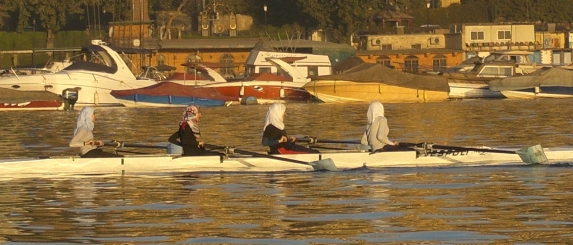
The river is quiet, populated mostly by tourists, a few fishermen, and occasional teams of scullers. We pass the island of Zemalak, which splits the Nile. I watch as a team of women scullers stroke into view, each wearing head-to-toe clothing and a headscarf.
As the sun rises, the river turns a burnished shade of gold, and the copper light glints off the high rises. The call to prayer abates, and the city begins to awaken: The first car honks are heard. On the river, though, it is still quiet, and we enjoy our last few moments in a century long past, moving under sail, the only sounds the flapping of wind on canvas.
Practicalities
- In Cairo, sunrise felucca rides are easy to arrange through tour companies and hotels in Cairo. The boats are aligned along the Nile a five-minute taxi or bus ride from Cairo’s major down-town hotels. The vast majority of felucca rides here are hour-long sunrise or sunset tours.
- Upstream, near Aswan and Luxor, feluccas are commonly used as a means of transportation, taking tourists from one side of the Niles to the other to visit various attractions. Multi-day felucca excursions are also possible..
- Although certainly not as luxurious as the riverboats that ply the Nile, a felucca ride is a chance to experience the river as it has been experienced for more than five thousand years: under sail, at the pace of the river and the wind.
